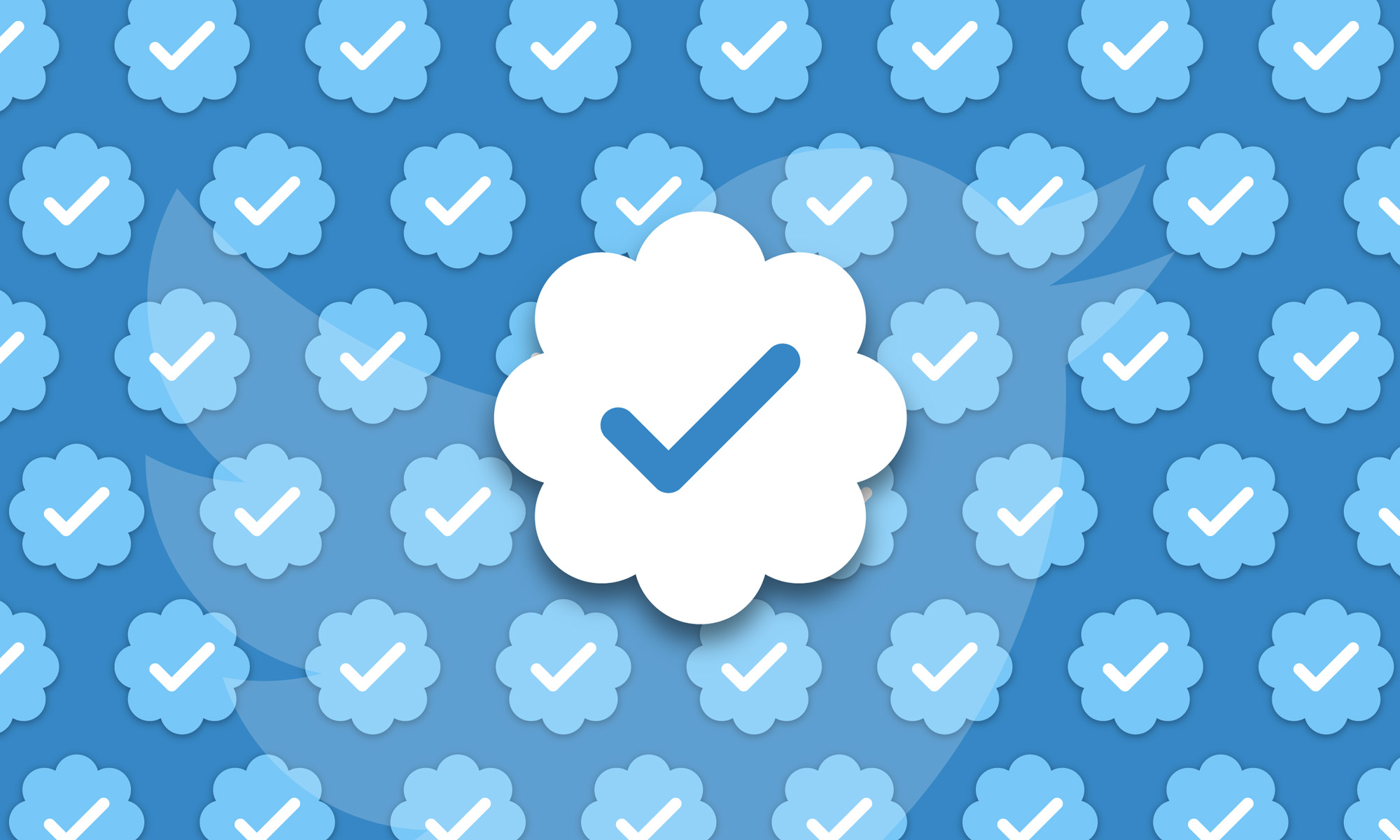News
Twitter Verification Badge Is Now Available To The Public
Twitter has relaunched its public verification program, allowing anyone who meets its qualification criteria to get their account verified.

Twitter’s account ownership verification program (aka Twitter verification program) launched in 2009 to reduce the risk of impersonation, but getting the strongly desired blue checkmark has been impossible for most users of the platform — until now.
After publishing a draft of its new verification policy last year, Twitter is now finally relaunching its public verification program, allowing anyone who meets its qualification criteria to get their account verified.
“We’re excited to share that starting today, we’ll begin rolling out our new verification application process and reviewing public applications for verification on Twitter,” writes Twitter in the official announcement. “Today’s application rollout marks the next milestone in our plans to give more transparency, credibility, and clarity to verification on Twitter.”

According to Twitter’s updated verification criteria, the following six categories of accounts can now quality for verification:
- Government
- Companies, brands, and organizations
- News organizations and journalists
- Entertainment
- Sports and gaming
- Activists, organizers, and other influential individuals
Additional account categories are planned to be introduced later this year, and they should extend the verification criteria to encompass scientists, academics, and religious leaders.
Also Read: Twitter Is Testing Two New Useful Features
In addition to belonging to the right category, Twitter also wants users to behave well before verifying them. Everyone who has misbehaved on the platform during the last 12 months and has been suspended for seven days or 12 hours for breaking the rules will be automatically rejected.
How To Apply For Twitter Verification?
To apply for the blue Twitter checkmark, you need to:
- Log in to your Twitter account.
- Go to the Account Settings tab.
- Choose Identity verification.
- Provide your official email address, website, or government ID.
- Wait up to several weeks for your account to be verified.
That’s right, Twitter said that the verification process could take up to several weeks, depending on the current demand. However, it should typically take only a few days. Users who end up rejected can reapply 30 days after receiving the decision.
News
Google Releases Veo 2 AI Video Tool To MENA Users
The state-of-the-art video generation model is now available in Gemini, offering realistic AI-generated videos with better physics, motion, and detail.

Starting today, users of Gemini Advanced in the MENA region — and globally — can tap into Veo 2, Google’s next-generation video model.
Originally unveiled in 2024, Veo 2 has now been fully integrated into Gemini, supporting multiple languages including Arabic and English. The rollout now brings Google’s most advanced video AI directly into the hands of everyday users.
Veo 2 builds on the foundations of its predecessor with a more sophisticated understanding of the physical world. It’s designed to produce high-fidelity video content with cinematic detail, realistic motion, and greater visual consistency across a wide range of subjects and styles. Whether recreating natural landscapes, human interactions, or stylized environments, the model is capable of interpreting and translating written prompts into eight-second 720p videos that feel almost handcrafted.
Users can generate content directly through the Gemini platform — either via the web or mobile apps. The experience is pretty straightforward: users enter a text-based prompt, and Veo 2 returns a video in 16:9 landscape format, delivered as an MP4 file. These aren’t just generic clips — they can reflect creative, abstract, or highly specific scenarios, making the tool especially useful for content creators, marketers, or anyone experimenting with visual storytelling.
Also Read: Getting Started With Google Gemini: A Beginner’s Guide
To ensure transparency, each video is embedded with SynthID — a digital watermark developed by Google’s DeepMind. The watermark is invisible to the human eye but persists across editing, compression, and sharing. It identifies the video as AI-generated, addressing concerns around misinformation and media authenticity.
While Veo 2 is still in its early phases of public rollout, the technology is part of a broader push by Google to democratize advanced AI tools. With text-to-image, code generation, and now video creation integrated into Gemini, Google is positioning the platform as a full-spectrum creative assistant.
Access to Veo 2 starts today and will continue expanding in the coming weeks. Interested users can try it out at gemini.google.com or through the Gemini app on Android and iOS.
























